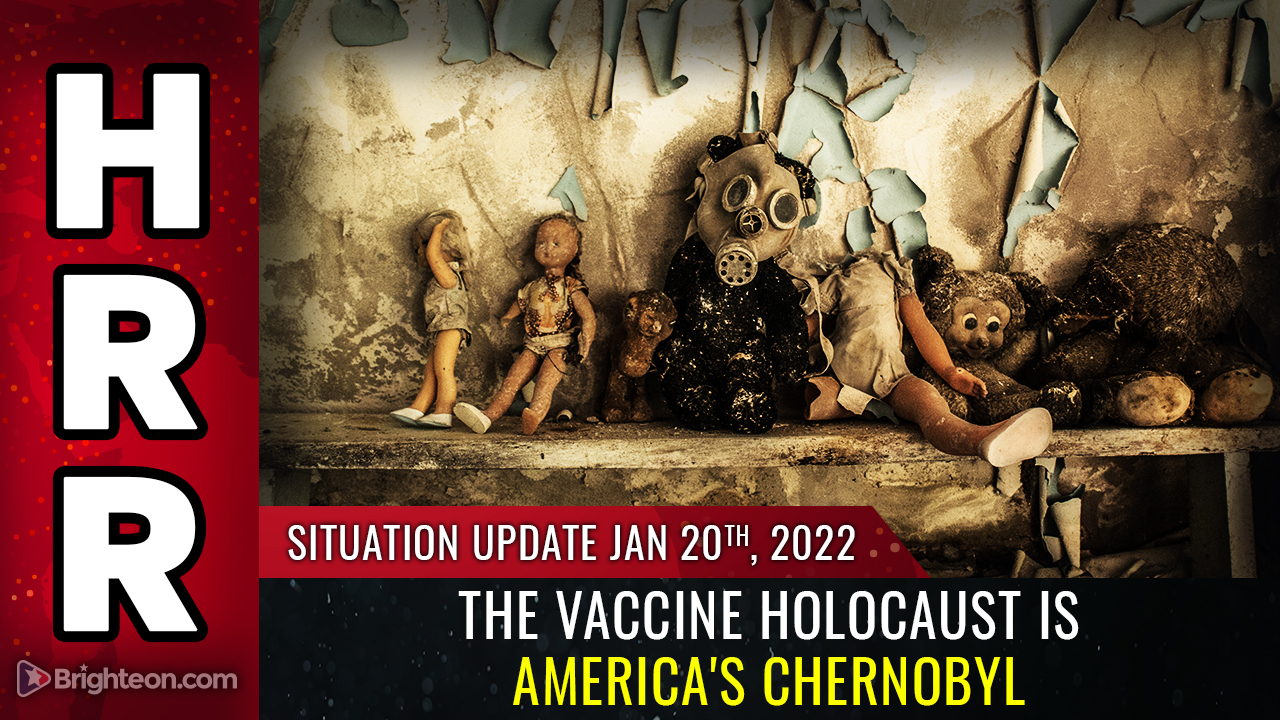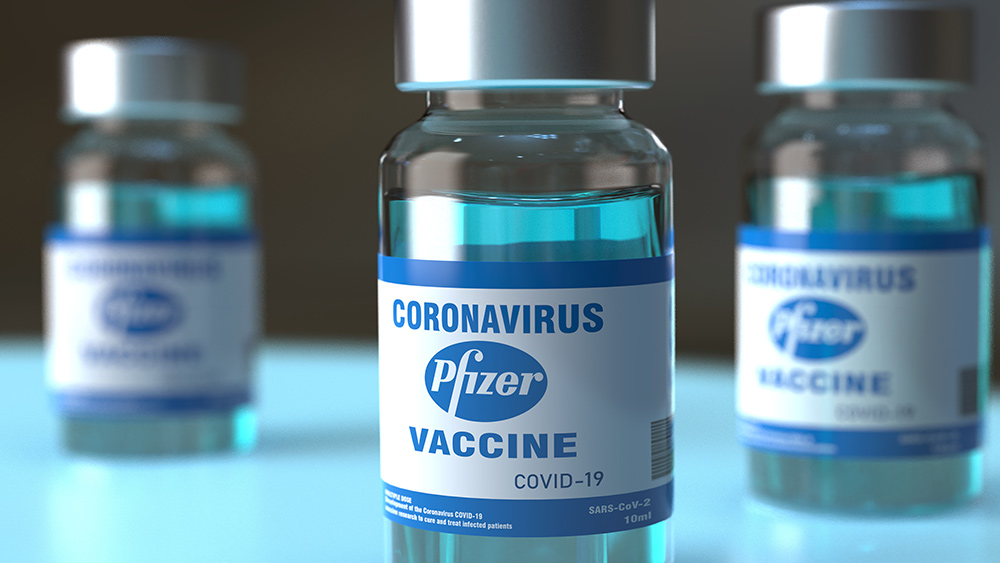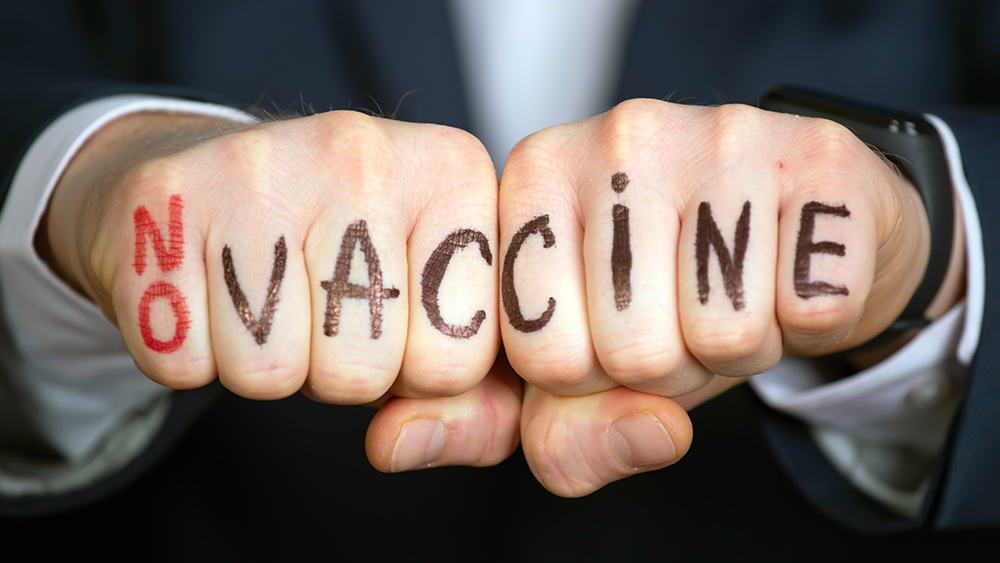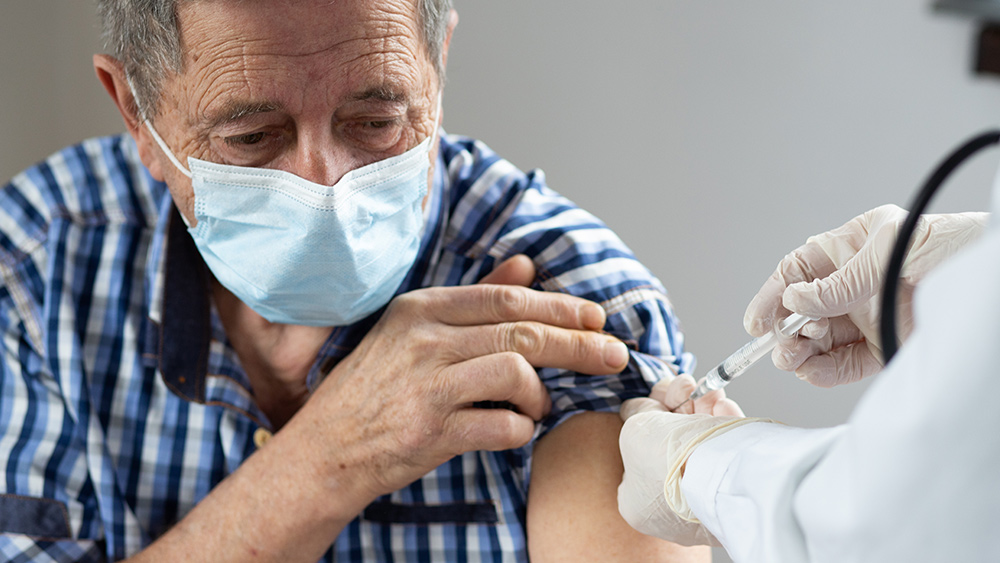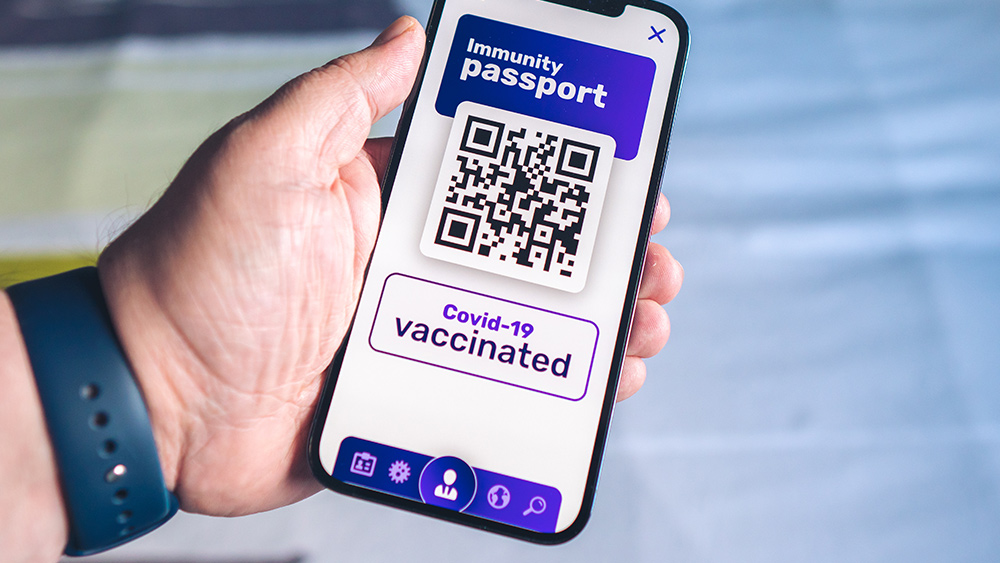BPA negatively impacts brain development of babies, study finds
01/19/2022 / By Mary Villareal

Cheryl Rosenfeld, a professor of biomedical sciences in the College of Veterinary Medicine at the University of Missouri, and her colleagues proposed that more attention should be given to the temporary organ that affects fetal brain development. This is due to the study that found direct transmission of bisphenol A (BPA) through the placenta could negatively impact the brain development of babies.
While it only aids in the exchange of nutrients and waste between mother and child during pregnancy, the placenta’s response to toxins like BPA during pregnancy can lead to long-term health consequences. Rosenfeld also noted that scientists focused on the role of microRNAs within the placenta, which are known to be key mediators in regulating cellular functions, including neural development and the identification of markers for cancer.
Rosenfeld suspects that microRNAs are now playing a role in how BPA effects can lead to neurological disorders later on. With the microRNAs packaged inside extracellular vesicles and transported to distant organs within the body, Rosenfeld says that scientists are assuming that changing the patterns of microRNAs can affect the brain and have harmful consequences. (Related: BPA replacement chemicals found to disrupt hormones much like BPA.)
She further stated that even before the brain’s neurons are developed, microRNA packages may already be guiding fetal brain development, and the changes can be different in male or female fetuses.
BPA is used in many household items, such as plastic water bottles and food containers, and exposure to these chemicals can occur at any daily activities, such as consuming microwaved food in polycarbonate plastic food containers.

There had been plenty of efforts toward making products “BPA free,” but the debate surrounding what’s considered safe in BPA exposure levels continue. Numerous studies have already looked into possible related health consequences such as neurobehavioral disorders, diabetes, obesity, and other reproductive deficiencies.
Further, Rosenfeld believes that the microRNA changes in the placenta could be used as an early diagnostic biomarker for BPA exposure. She shared that by identifying the relationship between microRNAs and fetal brain development through BPA exposure, targeted therapies could be developed to prevent the harmful effects of BPA exposure.
Continuing with the work will include examining the relationship between the placenta and the brain using cell culture systems.
This latest discovery is a continuation of Rosenfeld’s interest in the effects of BPA exposure, with her most recent focus being on the relationship between the placenta and the brain, and how this could help scientists develop a foundation for an early step in translational medicine, or research that aims to improve human health by determining the relevance of animal science discoveries and applying them to humans.
European regulators propose new regulations for BPAs
Because of its dangers to human health, European countries are now proposing tighter regulations for its use. The European Food Safety Authority (EFSA) proposed new safety standards for BPA in December, radically scaling the recommended exposure limit by a factor of 100,000 or 0.018 nanograms per pound of body weight per day.
This new standard is based on scientific evidence of harm to people’s immune systems and bodily development, but it is so low, it essentially bars the use of BPA in any products that come into contact with food.
Terry Collins, a chemist from Carnegie Mellon University, said that it’s an incredibly dramatic number.
If approved, the EFSA’s guidelines for BPA will be among the strictest in the world: It is certainly far more stringent than in the U.S., where the recommended exposure has not been updated since 1988 and maintains its threshold of 22.7 micrograms per pound of body weight.
Denmark and Belgium have an outright ban on BPA in food contact materials for children, while France banned the chemical in all non-industrial uses since 2015.
While scientists have framed EFSA’s proposed rule as necessary in protecting public health, many also raised concerns that it does not apply to paper products, such as receipts, which are often lined with BPA coating. Further, it does not regulate potentially dangerous replacement chemicals. (Related: Beware BPA vs. BPA free: the plastics industry is trading one toxin for another.)
Laura Vandenberg, a professor at the University of Massachusetts Amherst School of Public Health and Health Sciences, said that the industry may likely comply with the new rule by shifting to other chemicals. However, she did note that the new guidelines highlight the growing recognition for more stringent regulations in using toxic chemicals. “We can no longer accept the industry’s statement that ‘exposures are too low to hurt,'” she said.
Watch the video below to learn more about BPAs.
This video is from the Energy Matters, LLC channel on Brighteon.com.
Read similar stories at HealthScience.news.
Sources include:
Tagged Under: bisphenol A, BPA, brain development, brain health, Dangerous, discoveries, health science, infant's health, plastic bottles, plastics, products, research, toxic chemicals, toxins

